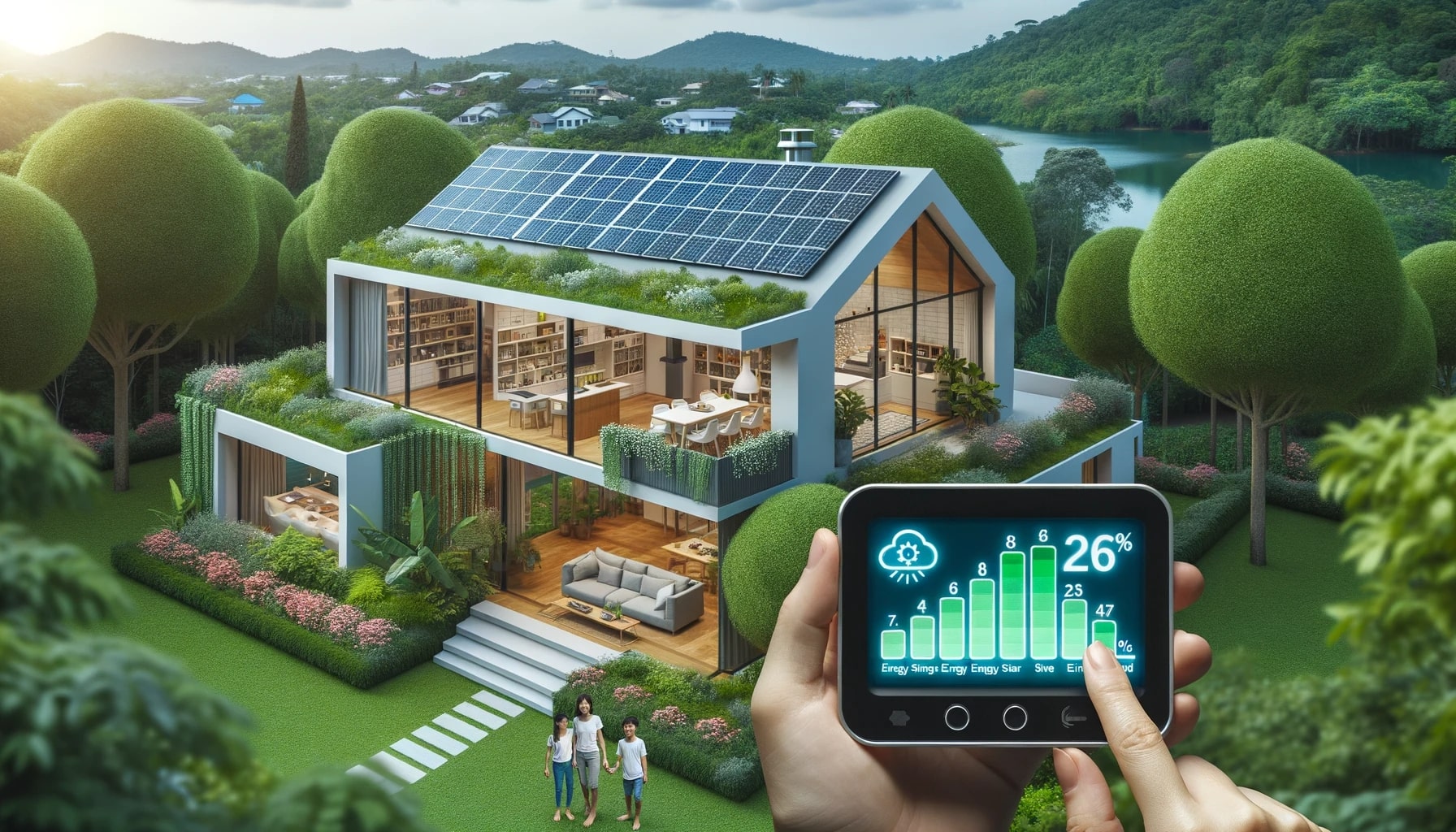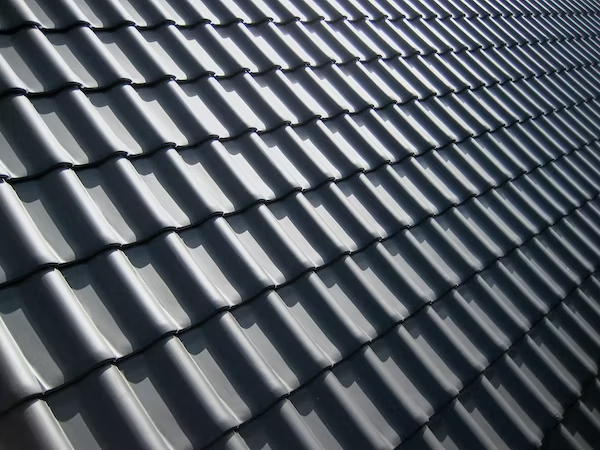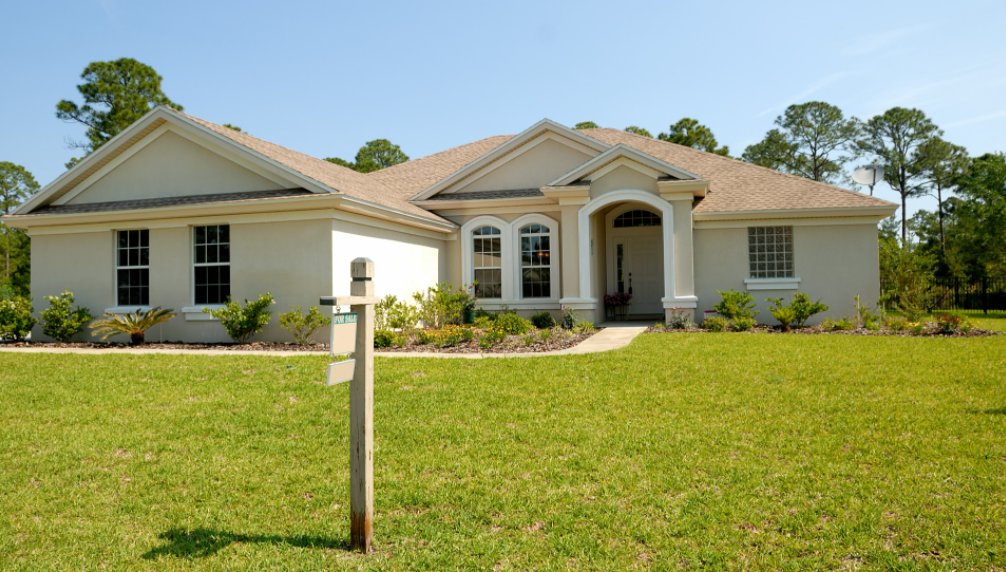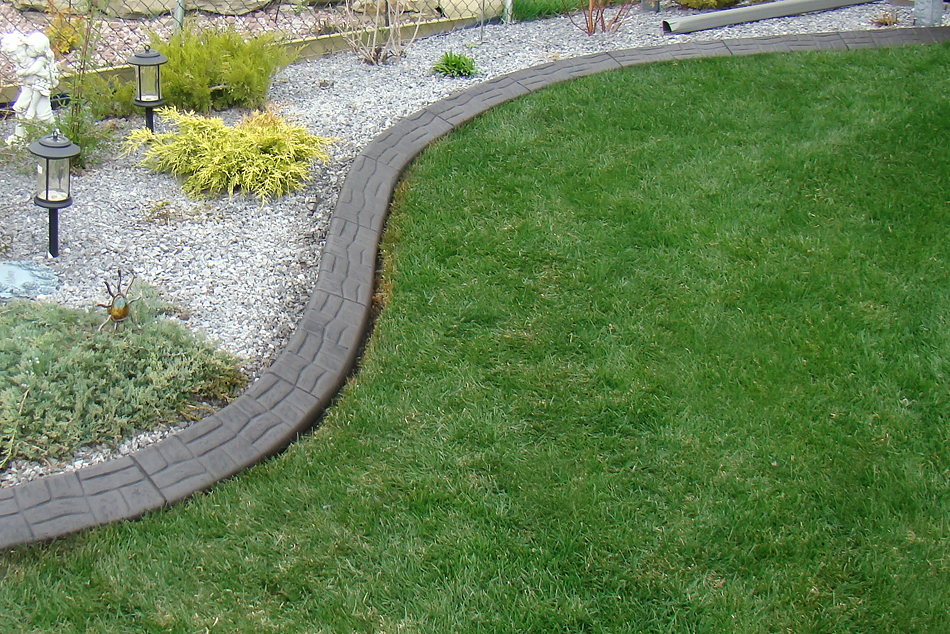In today’s eco-conscious world, making your home environmentally friendly is more important than ever. Not only does it contribute to a healthier planet, but it also enhances your living space’s quality, potentially reduces your utility bills, and uplifts your overall lifestyle. However, transforming your home into a green sanctuary can seem daunting without the right guidance. Whether you’re building from the ground up, planning a renovation, or making small but impactful changes, there are several strategies to reduce your ecological footprint. This comprehensive guide will walk you through various steps and introduce how partnering with an environmental solution provider can make the process seamless and effective.
Energy Efficiency: A Cornerstone of Eco-Friendly Living
One of the fundamental aspects of an environmentally friendly home is energy efficiency, focusing on reducing energy consumption and utilizing renewable sources. Here’s how you can make this a reality in your home:
- Sustainable Energy Sources: Consider installing renewable energy systems like solar panels or wind turbines. An environmental solution provider can assess your location and recommend the most suitable energy source, helping you reduce dependency on fossil fuels and decrease electricity costs in the long run.
- Energy-Efficient Appliances: Invest in ENERGY STAR-rated appliances, which use less electricity and water, thereby lowering utility bills and conserving the environment.
- Smart Home Adjustments: Implementing smart thermostats and LED lighting can significantly cut energy usage. Automated systems ensure that you’re using electricity and heating/cooling when needed, preventing unnecessary waste.
These changes, while seeming upfront investments, contribute to long-term savings and a substantial reduction in your home’s carbon footprint.
Waste Reduction and Sustainable Resources
An eco-friendly home is not just about energy efficiency; it’s also about the materials used in the construction of your house and your daily lifestyle choices. Sustainable living minimizes waste and the depletion of natural resources. Here’s how you can incorporate this philosophy:
- Sustainable Building Materials: If you’re building or renovating, prioritize sustainable materials. Bamboo, for instance, is a fast-growing alternative to wood. Recycled materials are also an excellent option for countertops, flooring, and more.
- Composting and Recycling: Set up a system in your home to recycle and compost. Reducing landfill waste is a crucial step in being environmentally responsible.
- Water Conservation Systems: Install rainwater harvesting systems and greywater recycling to reduce freshwater wastage. Low-flow fixtures in toilets, showers, and sinks also contribute to significant water conservation.
Remember, every little step counts. Even small changes in your daily habits contribute to a larger impact on environmental conservation.
Green Spaces and Indoor Air Quality
Integrating green spaces into your home and paying attention to indoor air quality are often overlooked but are integral to an eco-friendly home. They not only contribute to the environment but also promote your health and well-being.
- Indoor Plants: Having plants indoors improves air quality by naturally filtering pollutants. They also add moisture to the air and reduce the risk of respiratory illnesses.
- Natural Ventilation: Ensure your home is well-ventilated, reducing the need for air purifiers or air conditioners. Consider design elements that enhance airflow and allow natural light, helping in heating and cooling the house naturally.
- Non-Toxic Materials: Use paints, finishes, and other building materials that are low in volatile organic compounds (VOCs) or VOC-free. Traditional materials often release toxic compounds into the air, contributing to various health issues.
Consulting an environmental solution provider can also present you with innovative ways to enhance your indoor environmental quality, integrating nature with architectural design for a healthier living space.
Conclusion
Transforming your home into an environmentally friendly haven is a journey of commitment to the planet and to healthier living. It begins with understanding the impact of your choices and then integrating practices that are sustainable and responsible. While individual efforts at energy conservation, waste reduction, and indoor quality are commendable, partnering with a professional environmental solution provider can often make the process more effective and seamless. These experts can assess your specific situation and provide customized solutions, ensuring that your home is not only a place of comfort but also a testament to sustainable living. Embracing an eco-friendly lifestyle offers a rewarding experience that goes beyond the confines of your home, contributing to a global movement for a cleaner, greener, and more sustainable future.






